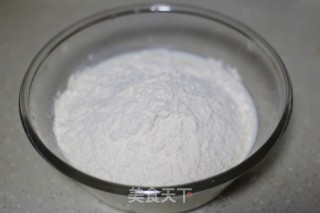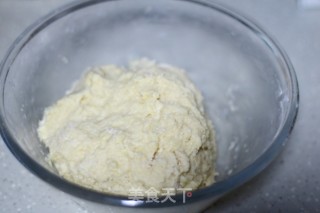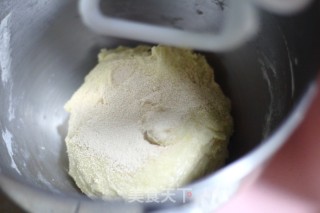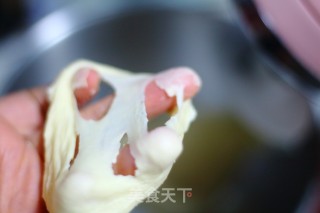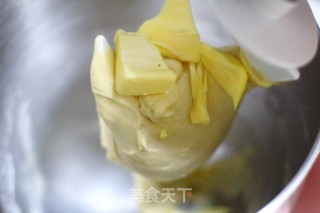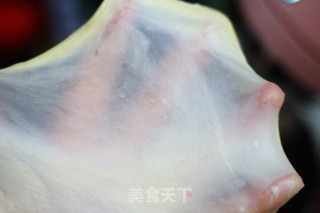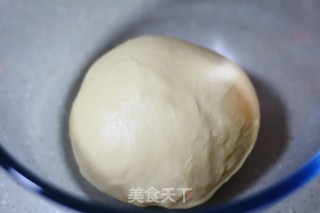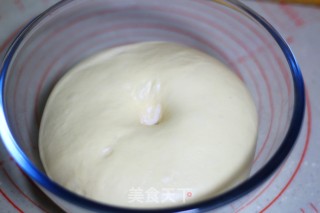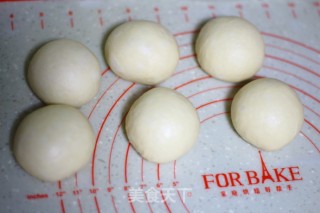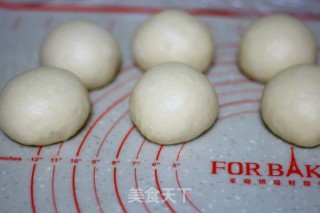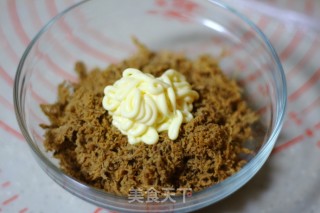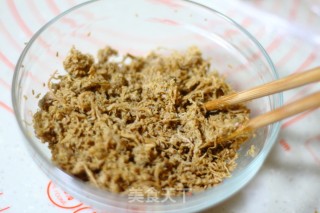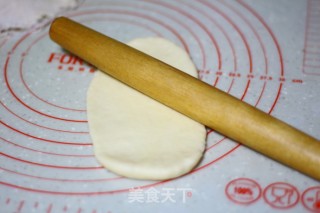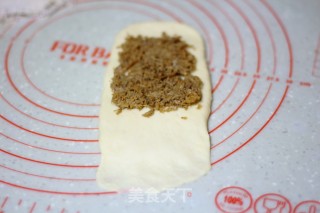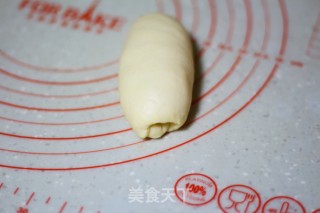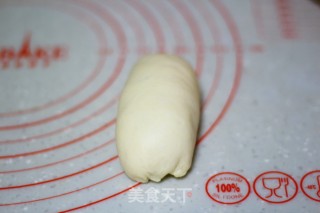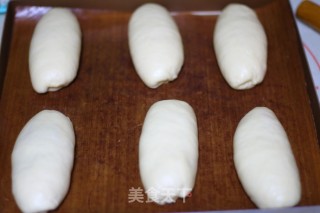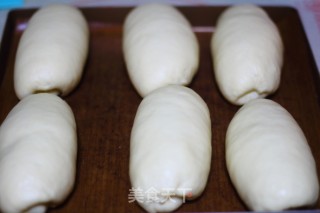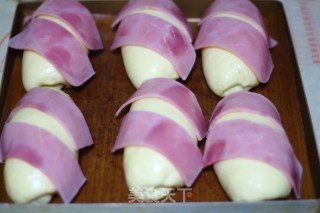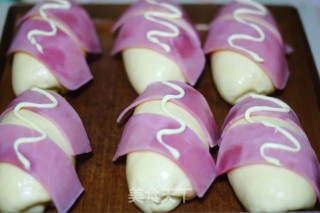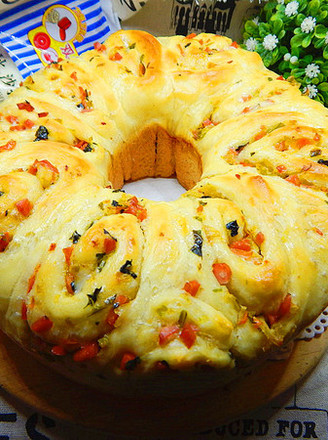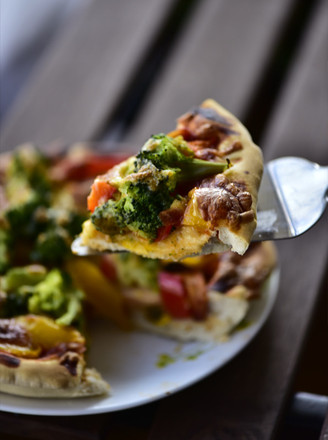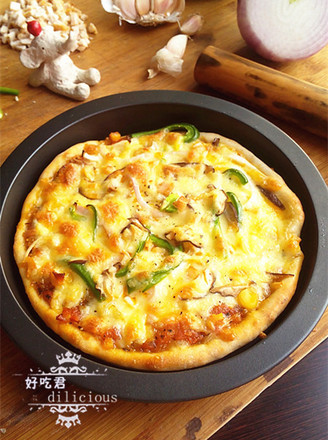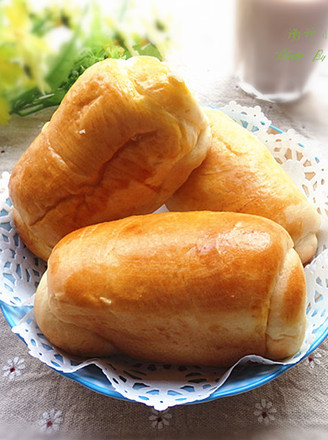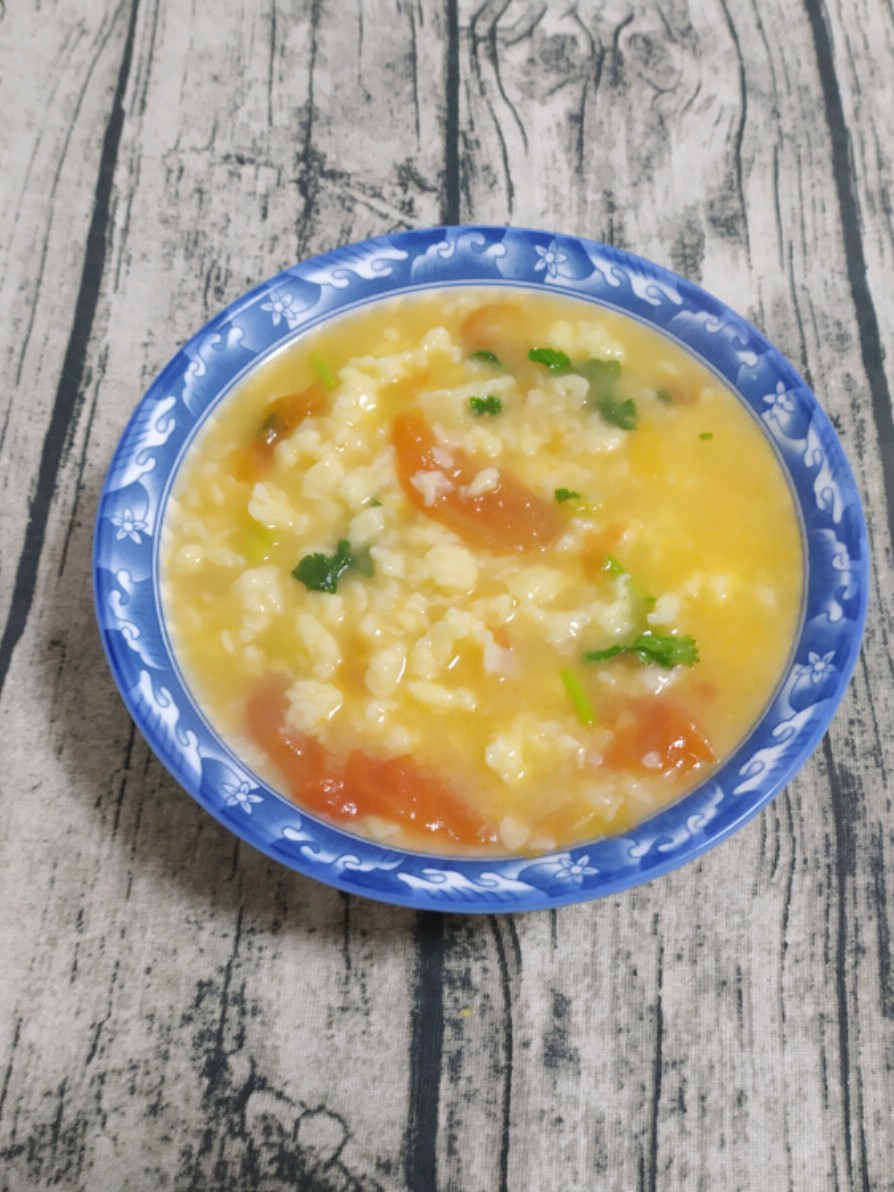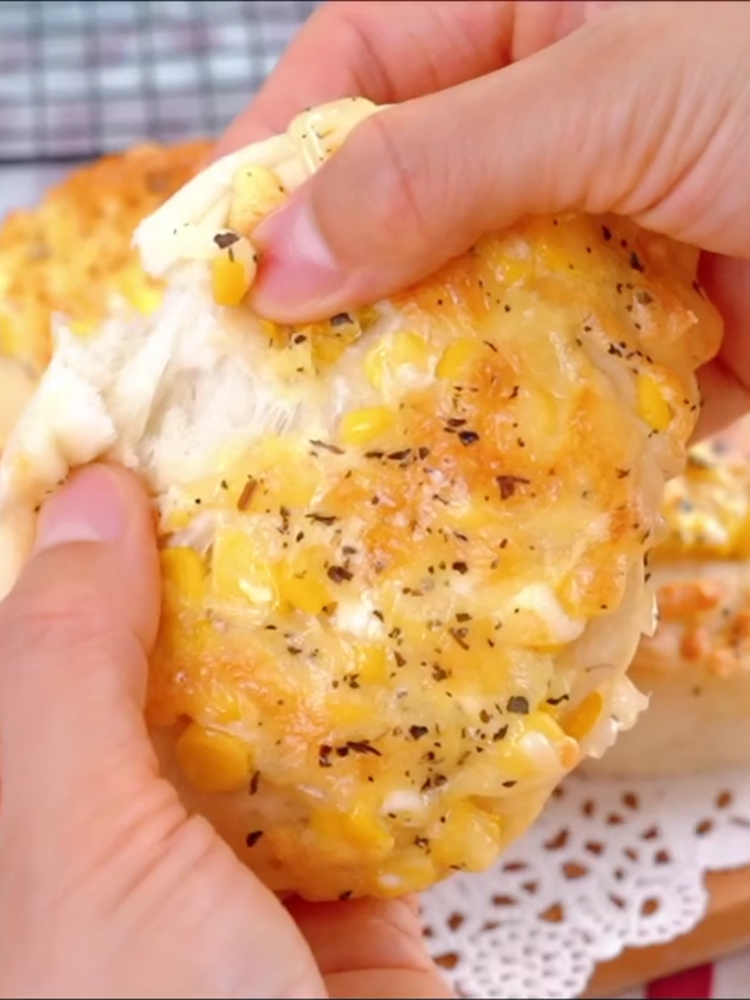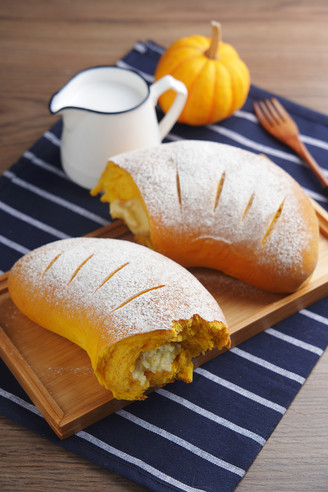Bacon Floss Bread
1.
Prepare the required ingredients, and then weigh the high-gluten flour, milk, eggs, and white sugar in the bread dough into a clean basin;
2.
Use a spatula or chopsticks to mix it into a dry flour-free state, cover it with plastic wrap and let it rest for about 1 hour. After this step, the dough will be easier to knead out of the glove film, and the bread will be softer;
3.
After the dough is awake, put it into the bucket of the cook machine, and sprinkle the surface with high-sugar-resistant dry yeast;
4.
Turn on the power of the cook machine, select the 4th gear to knead for about 8 minutes, knead the dough to the expansion stage, pull out a small piece of dough, the film that can be pulled out by hand is easy to break, and the hole is in a jagged state;
5.
Add the butter and salt that have been softened at room temperature, continue to start the cook machine, first low speed 1 gear to mix the butter and the dough evenly;
6.
Adjust to high speed 5 and knead the dough for about 6 minutes. When the dough is kneaded to the complete stage, the kneading work is finished, that is, take out a small piece of dough and pull out the non-breakable film by hand;
7.
After kneading the dough, take it out and round it, put it in a large clean basin, cover it with plastic wrap, and leave it to ferment at room temperature for about 1 hour. The specific fermentation time should be adjusted according to climate change, and generally should be judged according to the state of the dough. The safest fermentation method is to use the fermentation function of the fermentation box or oven, the temperature is about 30 degrees, and the humidity is about 70%;
8.
After 1 hour, the dough will be fermented to about twice its size. Use fingers dipped in dry noodles to poke a hole in the middle. If the hole does not shrink or collapse, the fermentation is complete;
9.
After the dough is fermented, take it out and place it on the silicone mat and gently press to empty the gas, then divide it into 6 equal parts and round them separately;
10.
After rounding, cover with plastic wrap and relax for about 15 minutes;
11.
Take advantage of the free time of the loose dough to prepare the filling: weigh the pork floss and the salad dressing in a small bowl. The ratio of pork floss to salad dressing can be adjusted according to your favorite taste;
12.
Stir the pork floss and salad dressing with chopsticks;
13.
After the dough is relaxed, take one of them and use a rolling pin to roll it into an oval about the length of a palm;
14.
Turn the rolled dough over (the smooth side is rolled on the outside, and the baked bread looks better), and then spread a layer of pork floss salad dressing, and spread the pork floss to about two-thirds of the position. After the meat floss is laid, use your fingers to press the finishing point thinly;
15.
Then roll up from top to bottom, that is, roll up from the end where the pork floss salad dressing is spread, and the end point down;
16.
After the roll is finished, the two ends are slightly shaped, and then pressed slightly to complete the production of the bread dough;
17.
Follow the above steps to make all the remaining bread, and then put it on a baking tray lined with tarp and cover it with plastic wrap for secondary fermentation. When placing, pay attention to leave a certain gap between each to leave space for fermentation;
18.
After about 45 minutes, the bread dough will ferment to 1.5 times its original size and the fermentation is complete;
19.
After the bread is fermented, brush a thin layer of egg liquid on the surface, and then place 2 slices of bacon diagonally;
20.
Use a flower bag to squeeze the salad dressing at will;
21.
Finally, sprinkle with shredded Malarisu cheese;
22.
Put it in the middle and lower layer of the preheated oven, and bake up and down at 170 degrees for 25 minutes. During the baking process, cover with tin foil halfway according to the color of the bread surface;
23.
After baking, take out the baked bacon and pork floss bread from the oven, put it on the grill and let it cool before eating.
Tips:
1. The dough fermentation time should be flexibly adjusted according to weather changes. Generally, it is recommended to directly judge whether the fermentation is in place according to the state of the dough;
2. Be careful to cover the fresh-keeping film at any time during the operation to prevent the moisture loss on the surface of the dough from affecting the taste of the bread. The dry weather in the north makes it easy to lose moisture;
3. The meat floss is made by itself, and the taste is different from that sold outside, so the weight of the salad dressing should be weighed according to the child's favorite taste when preparing the salad dressing;
4. When baking, each oven will have a slight temperature difference, so the baking time and temperature in the recipe are for reference only.


